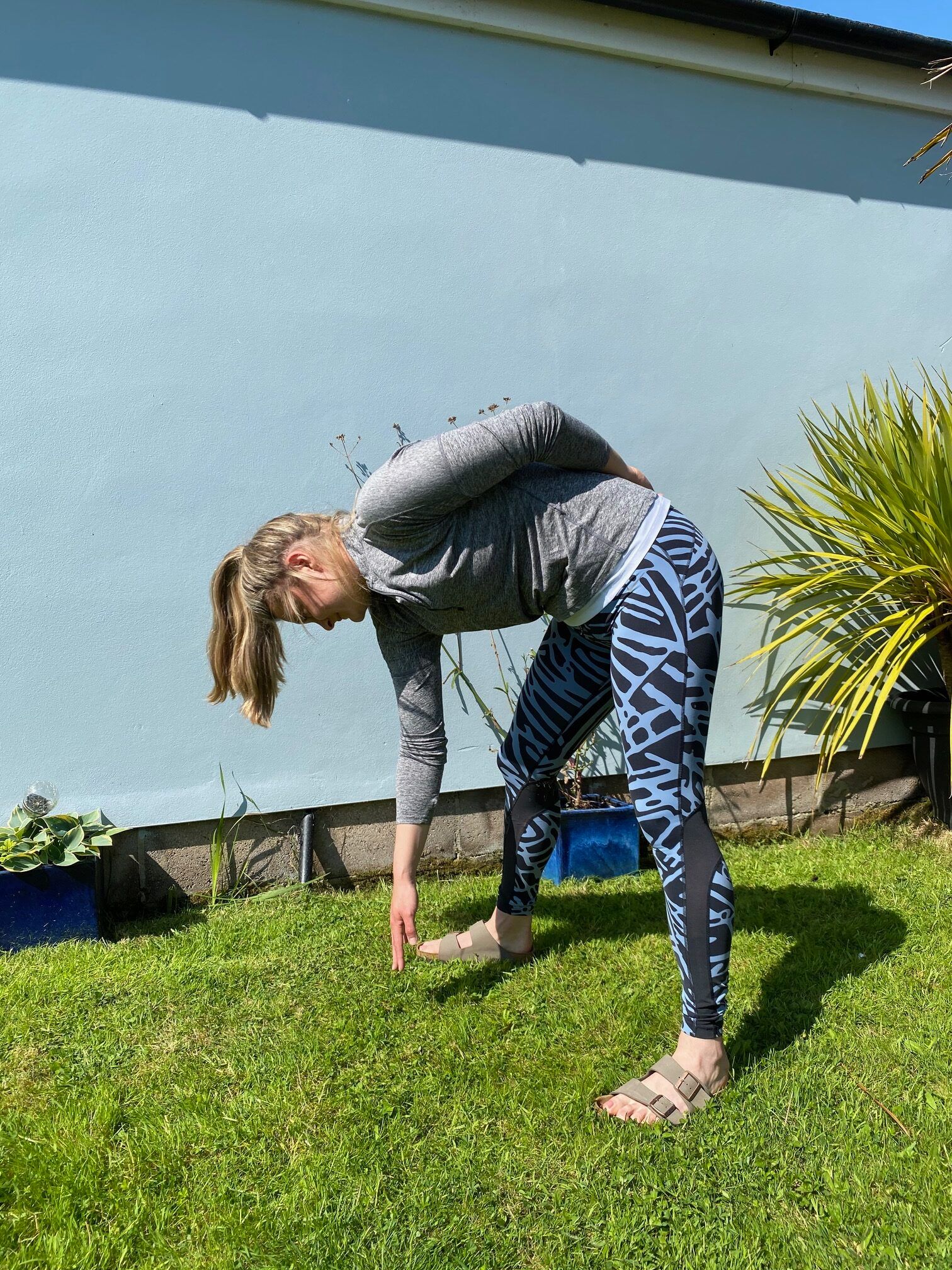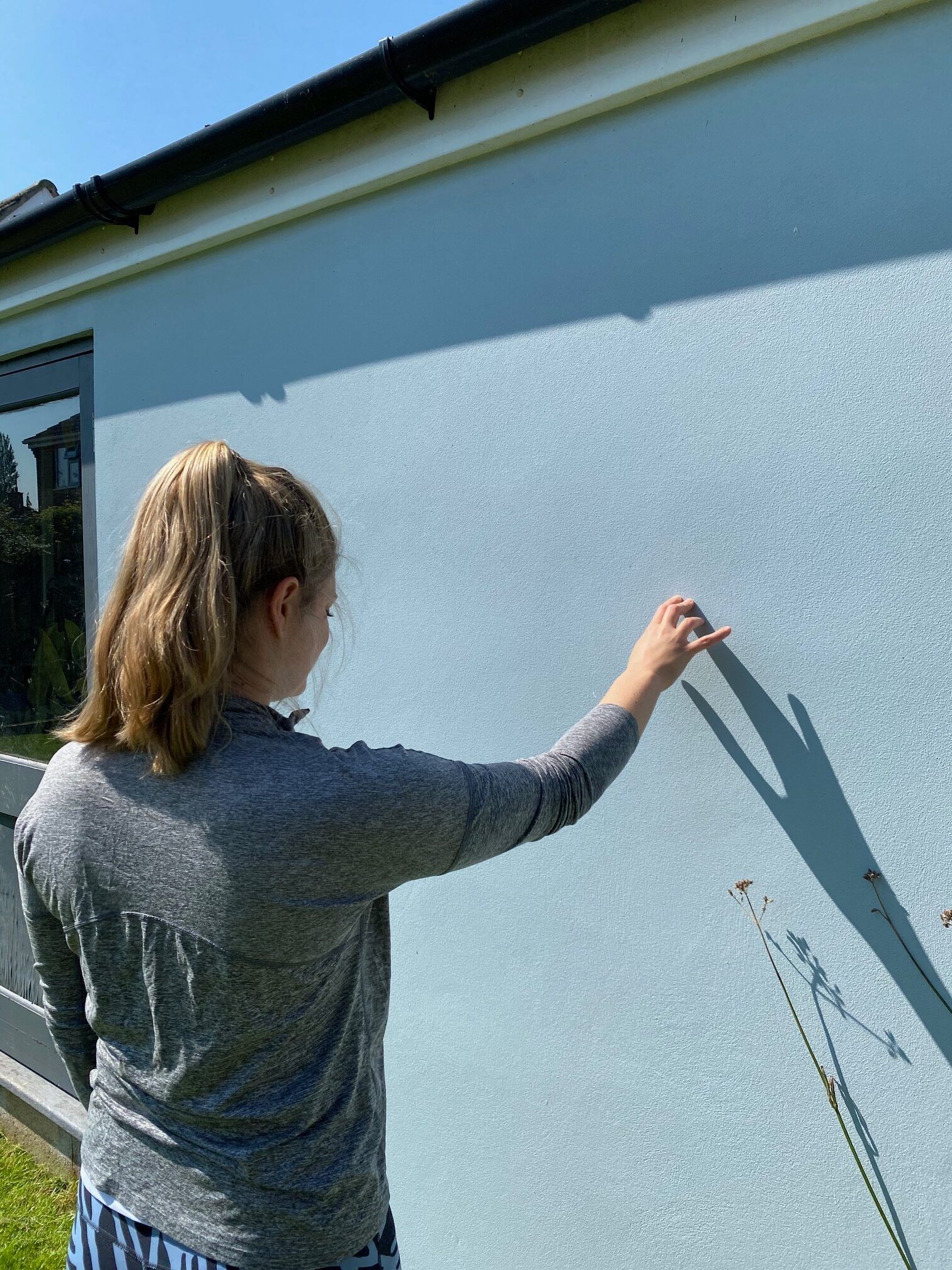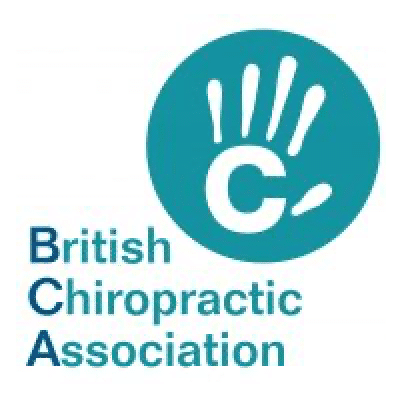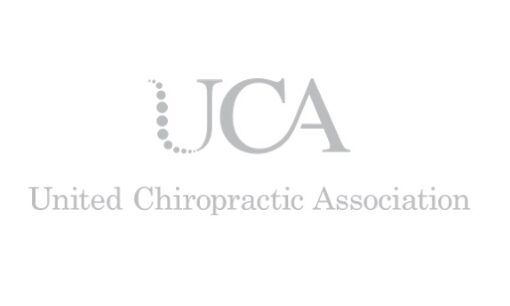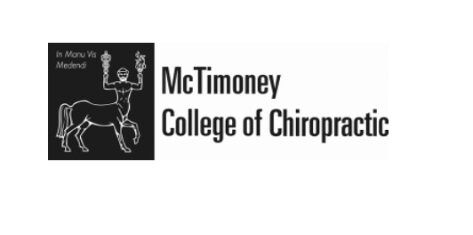Frozen Shoulder – Do You Actually Have One?
Frozen Shoulder is a term that can get thrown around by people describing any problem or pain in the shoulder. You can have pain and loss of movement in the shoulder without it necessarily meaning it’s frozen. Frozen Shoulder is a layman’s term used to describe a medical condition known as Adhesive Capsulitis. This means that the capsule of the joint has an inflammatory reaction. This leads to the joint fluid freezing, hence the word adhesive. You’ll be pleased to know that it’s not the same type of adhesive used on a building site.
How do you get a frozen shoulder?
So how I explain this to my patients, is that the shoulder starts to freeze as a reaction to a prior injury in the shoulder. This could be in the form of a tendon sprain or tear and usually one that has niggled for a while. The body gets fed up with you keep aggravating the grumpy tendon carrying out daily tasks, so it decides to stop you doing such things and freeze. Think of it a little bit like the airbag in a car. The car has to crash for the airbag to go off. So the tendon issue is the car crash and the shoulder freezing is the airbag going off to help protect the tendon.
Is there any other cause?
It’s not impossible for the frozen shoulder to be a primary problem, but it is very rare. There can be some inputs that contribute towards the development of one, such as being diabetic or when experiencing hormonal changes. That’s why women going through the menopause are the most common type of people to have one. Great! Another perk that us women have to endure. Men can also suffer, but it is less common. Unfortunately, in about 20% of cases the same can develop in the other shoulder. I believe this can be due to the fact the ‘good’ arm is then overused, causing an aggravation. Or it’s due to systemic changes in the body, such as the ones that take place if you have diabetes or going through the menopause.
What are the most distinct symptoms?
The classic sign of a frozen shoulder is progressive loss of mobility. Particularly through passive movement, which is when someone else does it for you whilst you keep your arm flopping like a rag doll. This always presents with a set pattern of shoulder movements you lose in a particular order. The first is external rotation, followed by lifting arm out to side and then in front. It can be particularly uncomfortable at night too and not just from sleeping on it. A key indication in women with a frozen shoulder is that they are unable to reach their bra strap behind their back. This is also the last movement to return.
The three phases…
There are three phases to a frozen shoulder and once this reaction has started it’s a one-way road to the other side. When I describe this, I want you to imagine the formation of ice from water.
The first phase is the “freezing phase”, which can go unnoticed initially. It might not feel any different to the original niggly or intense pain that you’ve experienced for the last few weeks or months. This is when the fluid in the joint starts to freeze. In some ways this is the worst stage as the shoulder is quite painful, especially at the end ranges of movement and the joint itself starts to get stiffer and stiffer.
The second phase is when it’s frozen (like ice) and it’s not going to continue progressing any further with loss of movement. This is the point when the shoulder is at its stiffest. Although the pain reduces significantly becoming much more comfortable, and the intense rehab can start to restore the range.
The final phase is the thawing one (YAY!) and this can be described as the ice defrosting with the encouragement of some serious exercise. It’s the most comfortable phase and becomes a lot less noticeable that there is a problem with your shoulder. You’ll be able to complete most of your daily tasks at this point and will have very little pain. Mostly only when you are completing your exercises as you push your shoulder range to its limits. Bit by bit the range returns. As the shoulder feels almost normal, it can be the phase that patients become most complacent with and stop doing their exercises. This leaves you at risk of never getting 100% full range back.
Recovery time?
This condition is a self-limiting one, which means it will get better on it’s own … eventually. Unfortunately, it’s not a quick 6 weeks bounce back muscle sprain. Frozen shoulders can take up to 2 years to fully free up again. Even though the 3 phase process can’t be reversed, it can be sped up with manual treatment and exercises. Most of my patients that follow the care plan and are diligent with their exercises make a 95% recovery within 9 months, which sounds a LOT better right?
What exercises can you do to help?
Before trying any of these, it’s important that you get a confirmed diagnose from a trained professional and you are certain what phase you are on. Completing stage 2 or 3’s rehab whilst you are still freezing in phase 1 can be agony! If it’s not a frozen shoulder at all and it’s a tear of a tendon, these can do more harm than good. Here are just a few key exercises I give:
Pendulum Swing – Phase 1/2
Wall Climbs – Phase 1/2
Towel Behind Back – Phase 2/3
A key element to full recovery is strength! Something that can be neglected with a frozen shoulder as you think it’s all about regaining mobility. Resistant bands are fantastic to use for this! This is just a taster into the rehab programme for a frozen shoulder. If you are suffering from shoulder pain and restriction, feel free to get in contact with me. We can arrange for a consultation where I’ll give you a thorough assessment to determine the right course for you.
Call the clinic on 01242 329949 or email Nadene.
Read on to explore EFT (tapping) Therapy with therapist, Kathy Coleman.



